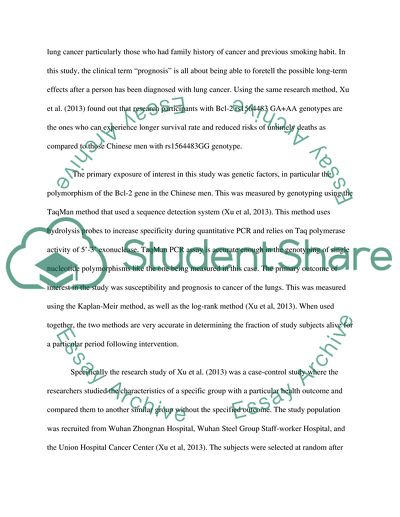Cite this document
(“Effect of Bcl-2 on Lung Cancer Essay Example | Topics and Well Written Essays - 2000 words”, n.d.)
Retrieved from https://studentshare.org/statistics/1648937-revision-of-epidemiology-paper
Retrieved from https://studentshare.org/statistics/1648937-revision-of-epidemiology-paper
(Effect of Bcl-2 on Lung Cancer Essay Example | Topics and Well Written Essays - 2000 Words)
https://studentshare.org/statistics/1648937-revision-of-epidemiology-paper.
https://studentshare.org/statistics/1648937-revision-of-epidemiology-paper.
“Effect of Bcl-2 on Lung Cancer Essay Example | Topics and Well Written Essays - 2000 Words”, n.d. https://studentshare.org/statistics/1648937-revision-of-epidemiology-paper.


